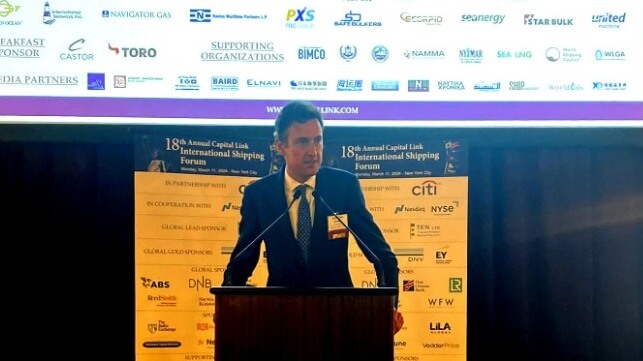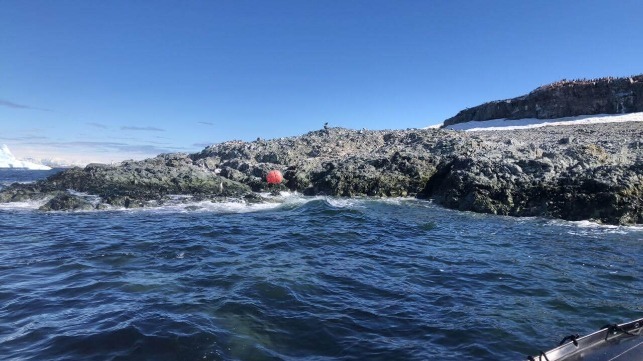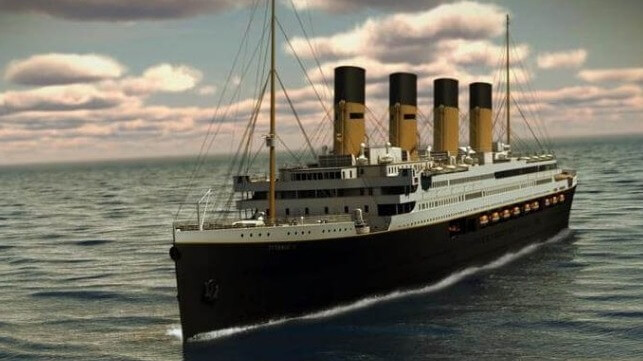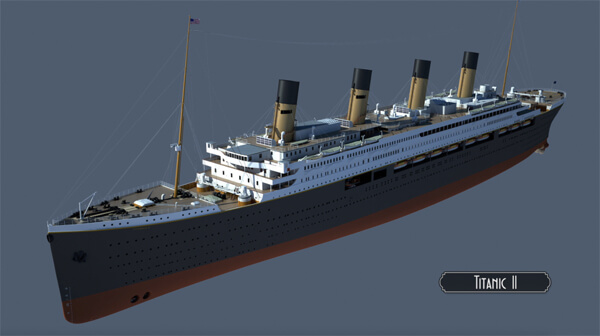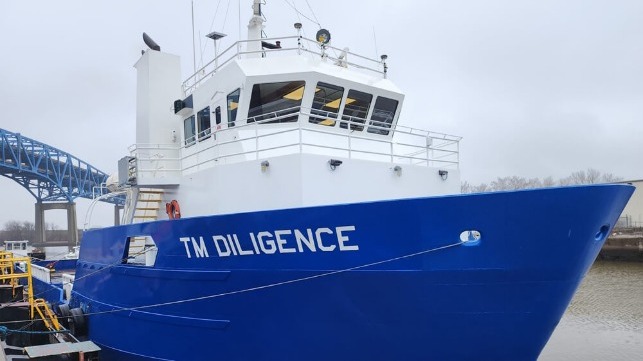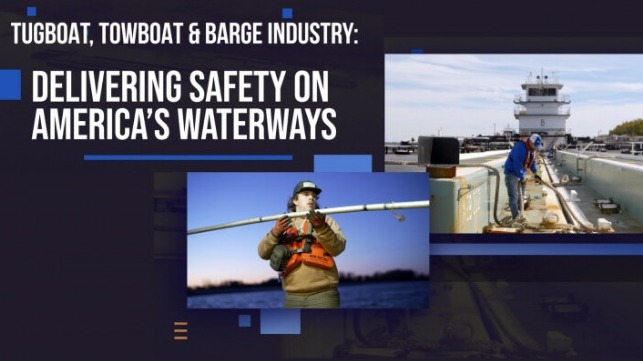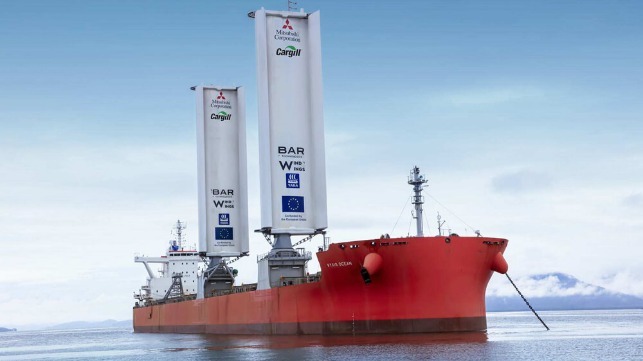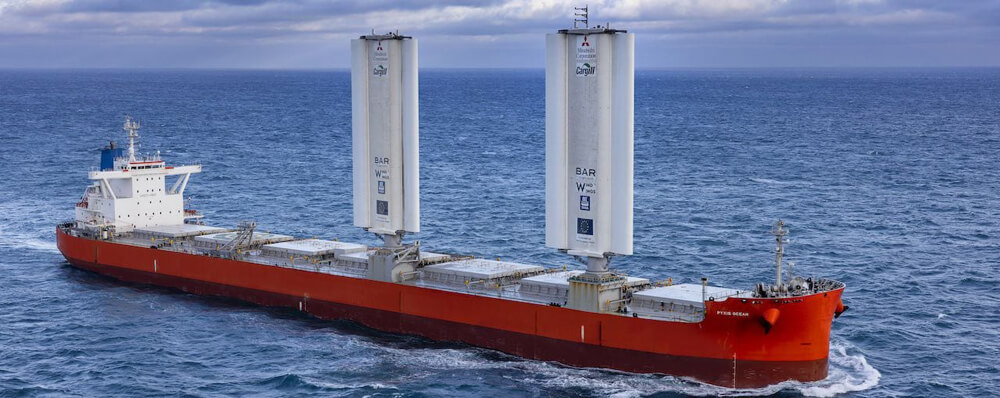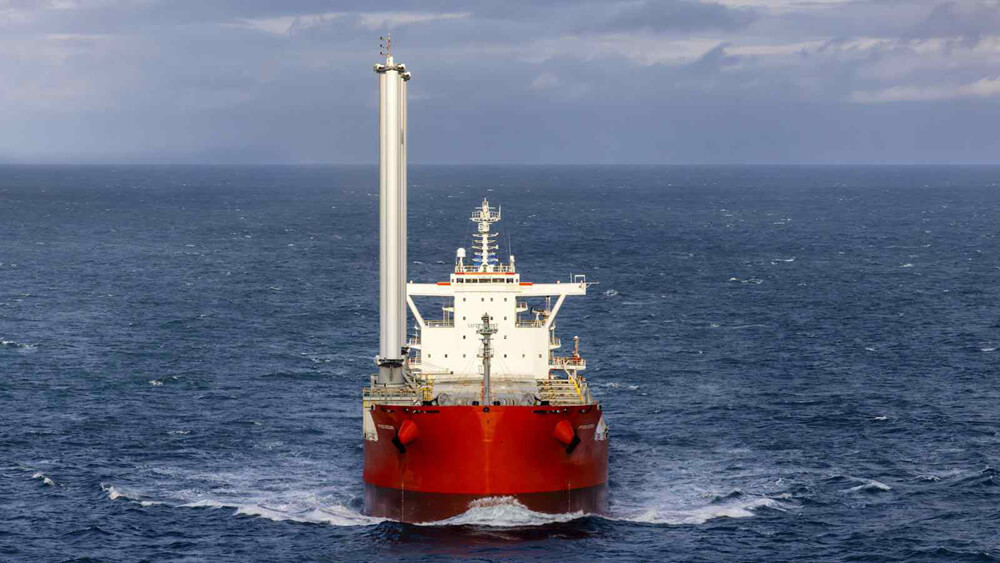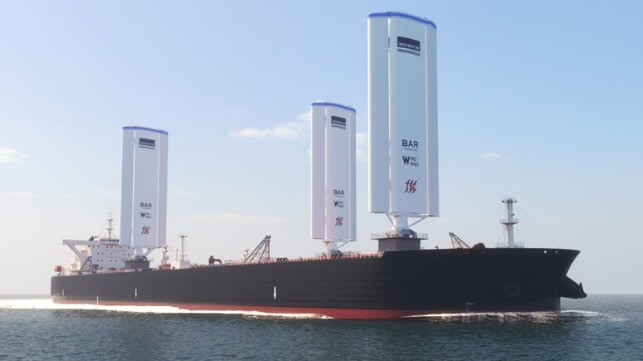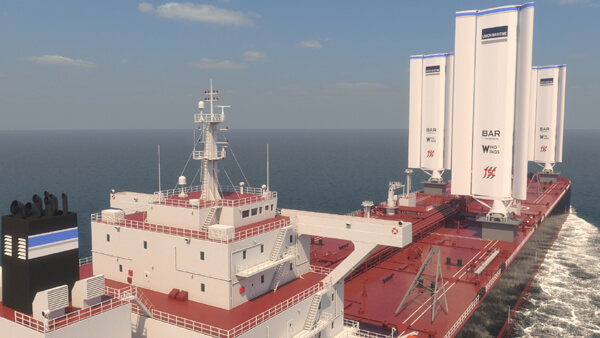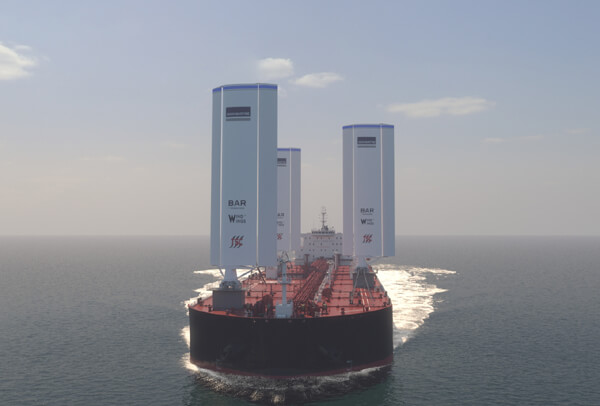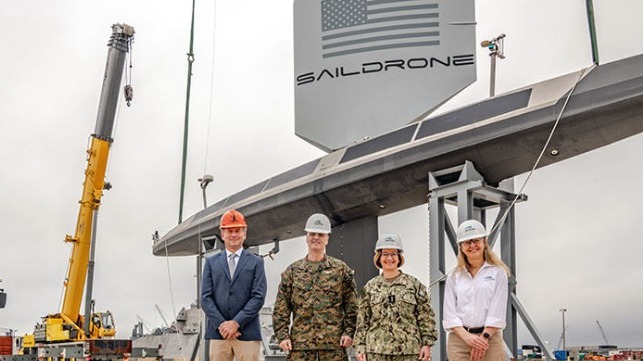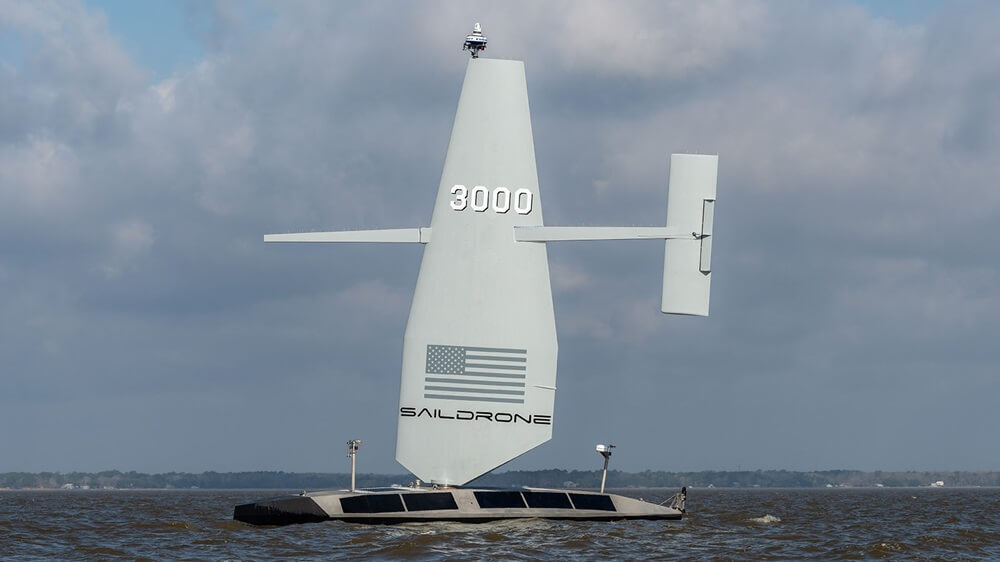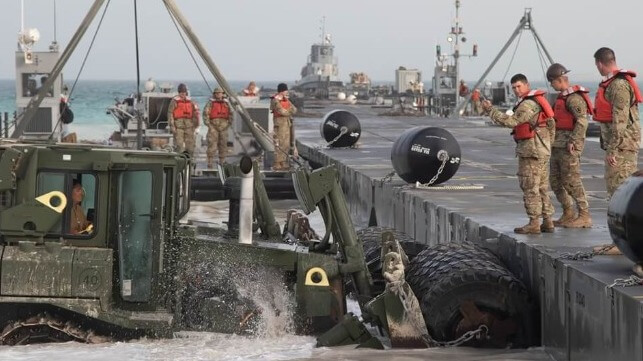Amanda Stutt | March 14, 2024 |
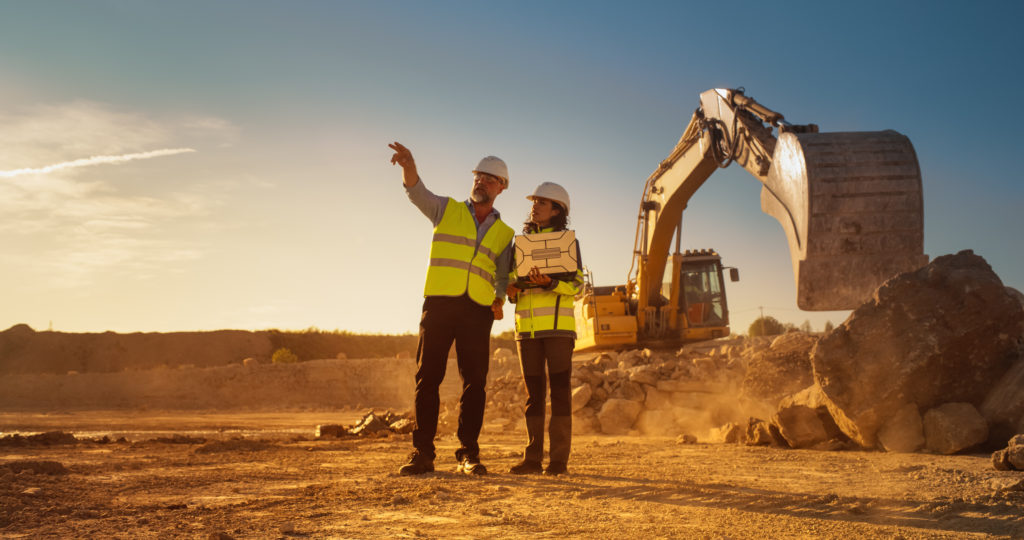
Stock image.
After two years of testing, Energy & Mines Digital Trust (EMDT), a collaboration between the government of British Columbia (BC), private-sector and industry associations, has launched digital credentials for mining operators to streamline the process of sharing confidential information securely.

Major mining operators in BC can now receive their Mines Act Permit as a digital credential, to prove their required operational permit status to investors, customers and regulators. The digital credential is tamper-proof and contains data verified from the government of BC.
Mines can use digital credentials to submit Towards Sustainable Mining scores and share verified environmental, social, and governance (ESG) data to increase competitiveness in sustainability-focused markets.
The BC government has been often critiqued by industry for long delays in a system perpetually backlogged with permitting applications. There are eight new mines or mine expansions in the pipeline worth a potential total investment of C$6.6 billion ($4.9bn) while new critical minerals mines could generate C$800 billion ($600bn), according to the Mining Association of British Columbia.
Seabridge Gold’s KSM project, in the province’s Golden Triangle, is currently ranked both the biggest gold project in the world, and the third largest copper project.
But the provincial government has said permitting solutions are a priority and in an emailed statement to MINING.com, the Ministry of Energy, Mines and Low Carbon Innovation said it has made progress improving timing and transparency of permitting processes to support sustainable economic development, while maintaining environmental protections.
“Since March 2022, we have reduced the backlog of permits by 52%. Budget 2024 includes C$24 million to support ongoing dedicated resources for mine permitting, consultation and engagement with First Nations, as well as to sustain the ongoing improvements to mining regulatory processes, creating a strong foundation for realizing critical mineral and broader mining sector opportunities,” the Ministry said.
The EMTD is part of a C$6.6 million investment in technology to ensure that internal major mine permitting processes are coordinated and efficient, it said.
“The project’s been ongoing for a number of years and in January we went live,” Nancy Norris, senior director of ESG & Digital Trust, BC Ministry of Energy, Mines and Low Carbon Innovation told MINING.com in an interview.
Norris said the EMTD is also working closely with the United Nations (UN) to take what has been learned from the project to an international context within the framework of UN sustainability goals.
Norris is also co-lead on the UN Transparency Protocol project, which is adapting the learnings from the BC Digital Trust work to international supply chains, such as Critical Raw Materials.

“One of the issues with blockchain, having one platform where everyone pushes their data to is that it’s very difficult, especially in the mining sector for something like that to scale and be globally adopted,” Norris said.
“You need something that’s very flexible, low cost, easy to implement so that each actor along a supply chain can just link their data basically and they can share as much data as they’re comfortable sharing, which gets at that kind of commercial privacy and competitiveness.”
The first phase of the project was about getting technically ready and able, and the province has so far issued two digital credentials.
“Having those types of credentials that you can then share that information builds along the supply chain,” Norris said. Through the UN project, we’re talking to smelters and downstream operators along the supply chain [about] what kind of data needs to be surfaced to meet the requirements of these large consuming economies like the EU and the US that are starting to legislate.”
Norris pointed to the EU’s Carbon Border Adjustment Mechanism – its tool to put a fair price on the carbon emitted during the production of carbon intensive goods that are entering the EU, and to encourage cleaner industrial production in non-EU countries.
Each actor along the supply chain will be able to prove the end products’ sustainability factors about it, such as carbon intensity and water usage levels.
“The whole purpose of this is to be able to differentiate producers that are actually adhering to sustainable practices and be able to report on them in a way that can be consumed by importers in the EU or the US so those products could actually get premium price,” Norris said.
“What we’re trying to do is create the digital tools that will enable this kind of uplift for miners that are actually working diligently towards making their production more sustainable.”


